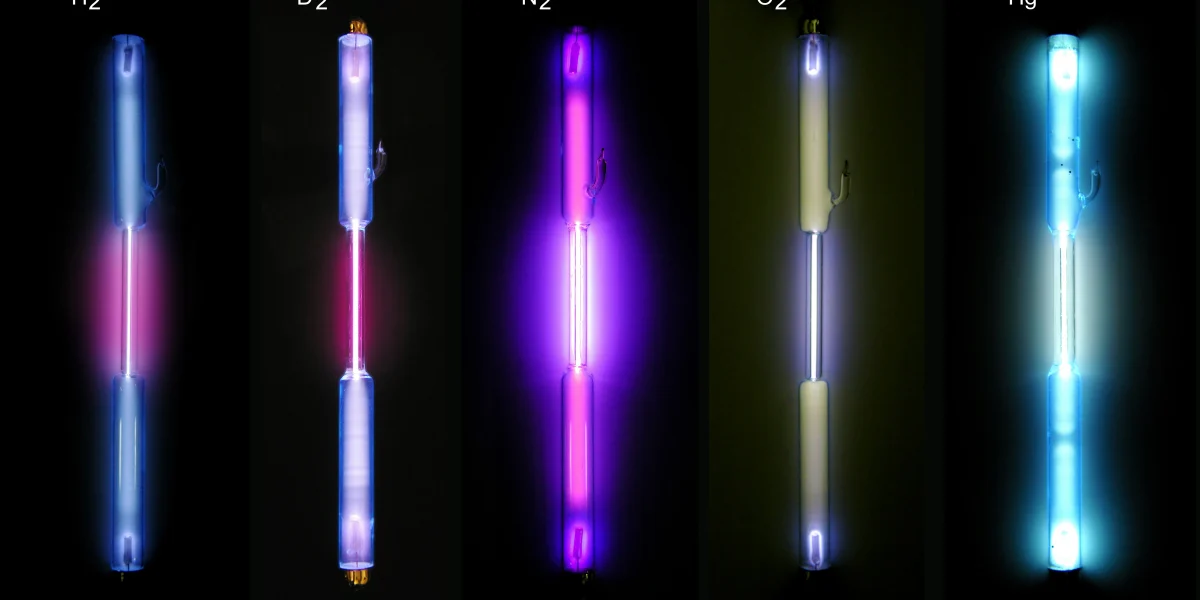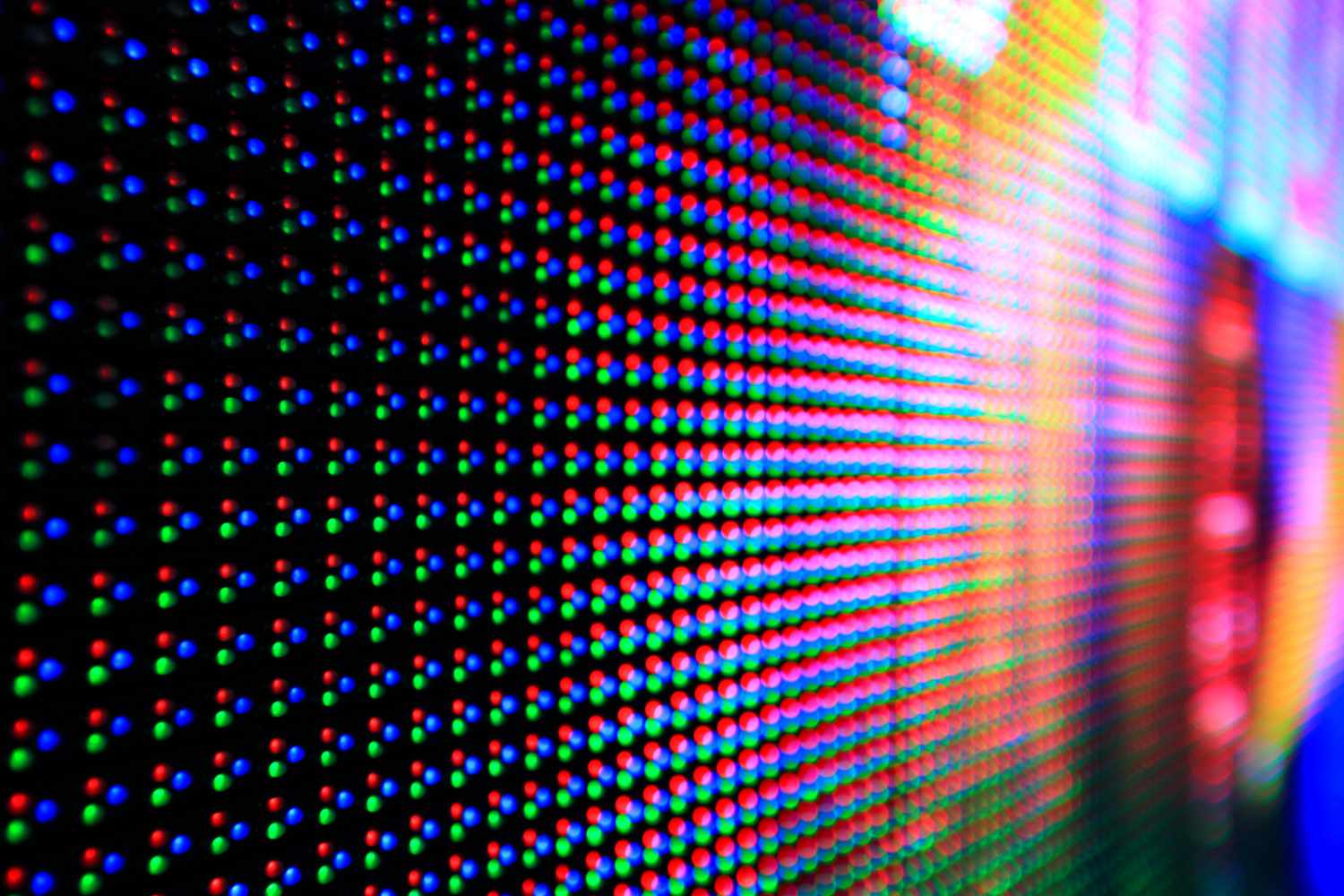Discover the working principles, components, advantages, and limitations of CCFL and LED backlighting methods in display technology. Explore the industry's transition from traditional CCFL to modern LED backlighting.
Introduction
In the realm of display technology, the proper illumination of screens is of utmost importance. Traditional backlighting methods, such as CCFL (Cold Cathode Fluorescent Lamp) and LED (Light-Emitting Diode), have played a vital role in enhancing the visual experience. Understanding the working principles, components, advantages, and limitations of these backlighting technologies provides valuable insights into the evolution of display illumination. In this article, we will delve into the intricacies of CCFL and LED backlighting, exploring their significance in the world of display technology.
CCFL (Cold Cathode Fluorescent Lamp) Backlighting

CCFL backlighting, a widely used traditional method in display technology, has played a significant role in illuminating screens. Understanding its working principle, components, advantages, and limitations provides insights into its historical significance.
Working Principle and Components
CCFL backlighting operates by passing an electrical current through a sealed tube filled with inert gases and phosphors. When energized, the gas emits ultraviolet light, causing the phosphors to emit visible light. The essential components of CCFL backlighting include the CCFL lamps, inverter circuits, and diffuser layers that distribute light evenly across the display.
Advantages and Limitations
CCFL backlighting brought notable benefits to the display industry. Its affordability, widespread availability, and relatively longer lifespan made it a popular choice. Additionally, CCFL backlighting offered uniform lighting distribution, ensuring consistent brightness across the screen. However, CCFL technology had limitations, such as lower energy efficiency compared to modern alternatives and a more limited color gamut.
LED (Light-Emitting Diode) Backlighting

LED backlighting has emerged as the primary alternative to CCFL technology, revolutionizing the display industry. Understanding its working principle, components, and the benefits and drawbacks it presents is essential in grasping the advancements made in display illumination.
Transition from CCFL to LED
The industry witnessed a significant shift from CCFL to LED backlighting, driven by several factors. LED backlighting offered substantial improvements in energy efficiency, enabling displays to consume less power while delivering brighter and more vibrant visuals. The transition also led to slimmer form factors, allowing for sleeker and lighter devices.
Benefits and Drawbacks
LED backlighting has become the preferred choice for modern displays, primarily due to its numerous advantages. These include enhanced energy efficiency, wider color gamut, improved brightness control, and a longer lifespan. However, LED technology does come with considerations, such as potential issues with uniformity, color accuracy challenges, and a higher initial cost.
By exploring both CCFL and LED backlighting technologies, we gain a comprehensive understanding of the evolution and advancements in display illumination methods.

